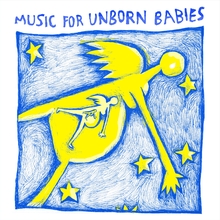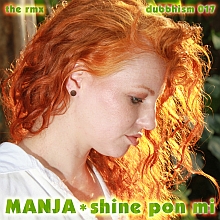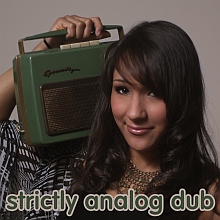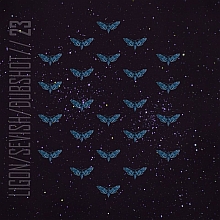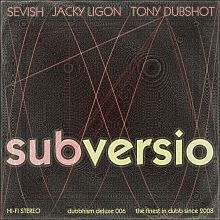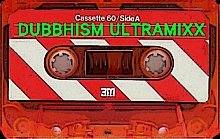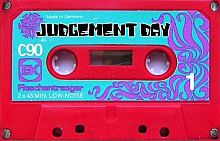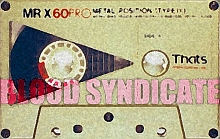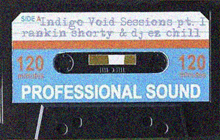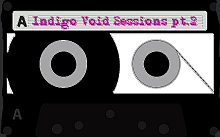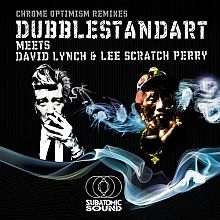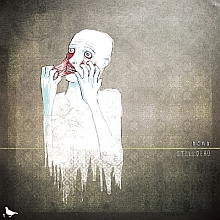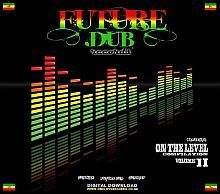
Astrology + Tarot can be a powerful combination. The house-based 'Astrological' or 'Zodiac' spread seems to be the most popular starting point. But if your astrology isn't based on the concept of houses, you might prefer spreads that use planets, asteroids or harmonics.
Combining astrology and tarot
The connections between astrology and the tarot are obvious, just look at the zodiac signs and the element-symbolism in classic Golden Dawn-inspired decks like the Thoth tarot and the Rider Waite Smith tarot. In the Minchiate tarot there are cards for the elements and for the zodiac signs. The old Italian Sola Busca deck was known as the Game of Saturn, and so on. But watch out: there are crucial differences as well. Most importantly, the symbolism of the Sun and Moon-cards in tarot differs from the astrological symbolism.
Planets spread
If you want to blend the powers of astrology and the tarot, you should try the Planets spread pictured below.
Step one: analyze a birth chart or mundane chart.
Step two: use the Planets spread to get an overall idea of the expression of each planet for that chart. Each card reflects the cumulative effects on 'its' planet of relevant astrological variables, such as stars, asteroids, aspects to other planets and so on, as they modulate and shape the symbolic potential of that planet. The resulting synthetic overview of the qualities of all planets gives deep insight in no time at all. When you're comfortable with the initial results you can ask the cards not only for a general reflection of the original chart, but also for a status-update for a given moment in time, incorporating the cumulative effect of all transits and other astro-dynamics modulating the chart at that particular moment.
In the layout below the 'malefics' are in position 5, 7 and 10, paired with the 'benific' counterparts 4, 6 and 9. Mercury and Uranus have a solitary position. Chiron and the Galactic Center are extra's. (Of course you can modify the spread to your own taste.) Example: if this spread is used for a birth chart, the Chiron-card will reflect how the person responds to the theme of suffering, as it is connected to life on Earth (the pain of being so to speak) while the Galactic Center shows this person's general idea of what 'The Divine' is all about.

1 = Sun
2 = Moon
3 = Mercury
4 = Venus
5 = Mars
6 = Jupiter
7 = Saturn
8 = Uranus
9 = Neptune
10 = Pluto
11 = Chiron (optional)
12 = Galactic Center (optional)
As you play around with this spread, it may also fine-tune your understanding of each planet's symbolism, and the way each planet interacts with the whole of the chart.

Here's an example of the Planets spread clarifying a mundane chart for the Battle of Cannae (2 august 216 BC, Cannae). Note that the Moon-card was drawn for the Sun-position, but since asteroid Pholus is conjunct the 'astronomical Sun' and very important for this chart, an extra card is drawn for Pholus; the King of Swords on the left. If you are familiar with this event from a military point of view the result doesn't need interpretation. If you are not, note how Chiron points to the amount of suffering. The Devil's influence is strengthened by Jupiter. Two of Pentacles on Mars describes the nature of the battle. The hand of fate is present in the Wheel of Fortune on Venus. Pluto and Pholus are teaming up as Queen and King of Swords, which is interesting because astronomically they are also in the same team. Five of Wands from the Rider Waite Smith deck is often thought of as a playful fight, but not in combination with Saturn. The Nine of Cups points to the success of the winning side. All other cards point to fear, loss, trauma and death in battle.
Harmonic spreads
Pretty much every astrological variable can be used in tarot spreads. Anything from sensitive points to thematically related asteroids, stars or black holes. The use of 'regular' aspects may seem less straightforward, until you think of them in terms of harmonics.
A great way to use harmonics is to draw a four-part spread for one question:
1. One card representing the whole: conjunction;
2. Two cards for the most important opposition-relation;
3. Three cards for the most important trine-relations;
4. Four cards for the most important square-relations.
If you're familiar with the higher harmonics in harmonic astrology, you can take this idea a step further by adding fiveness (quintiles), sixness (sextiles), sevenness (septiles) and so on. You can choose whether you want to represent certain harmonics using one card (for 13-ness for example) or a number of cards, as in the example above.
Regular playing cards for harmonic spreads
Another fun way to use harmonics is to simply grab a regular deck of playing cards, and assign the numbers to the harmonics like this:
Ace = oneness (conjunction)
2 = twoness (opposition)
3 = threeness (trine)
4 = fourness (square)
5 = fiveness (quintile)
6 = sixness (sextile)
7 = sevenness (septile)
8 = eightness (semi-square)
9 = nineness (novile)
10 = tenness (decile)
Jack = elevenness
Queen = twelveness
King = thirteenness
It also makes sense to assign the suits to the classic elements. Example: in a question about health, 4 of spades (swords) means mental stress, 4 of hearts (cups) means someone is not doing well emotionally, and 4 of diamonds (coins) points to physical problems.
Yes, that's right folks. The number 4 doesn't have to be about stability. You don't have to follow the Pythagorean tradition if you don't want to. With cards it's all in your mind, and that's why you are free to make your own choices. You'll get clear answers, as long as you don't mess things up. The nice thing about the harmonic scheme is that it reflects the actual symbolic Language of Nature as codified in the design of our Solar System, the Milky Way and so on.
If you're not familiar with the meanings of higher harmonics, here are some keywords you can use to give this method a try:
1. Wholeness, union, blend, singlemindedness, focus
2. Separation, duality, duel, opposites, yin~yang, pair
3. Flux, smooth co-operation, natural talent, pleasure, comfort
4. 2x2, motivation, challenge, urgency, struggle, tension, stress
5. Structuring, forming, arranging, creative activity
6. 2x3, enjoying the battle, requiring some effort, expressive
7. Inspiration, serendipity, creative growth at a price
8. 2x4, motivating resistance, subtle tension
9. 3x3, joy, peace, the fruit of the tree, soul mate (Jyotish)
10. 2x5, creative ability, untapped talent
11. Resilience, persistence, impatience, instability (Uranian)
12. 4x3, requiring effort, co-operating at a distance
13. Rootlessness, restlessness, breaking away, risk-taking

The Bicycles like the harmonics: if you lack inspiration, creating a new system will sharpen your interpretative skills.

The Maddonni tarot (minus the trumps and 1 court card) is perfect for this: using harmonics gives you serendipitous thoughts, it focuses the intuition and produces fresh emotional responses. Wow!

So why are playing cards and pip decks overall less popular? The Rider Waite Smith deck answers proudly: many people get stuck when they try to read playing cards or pip decks, RWS has an extra emotional layer to connect with. This is how I beat the competition, you see?
Higher prime harmonics
If you want to know more about harmonics, and you can read German, you're in luck. One of the best sources for harmonic research is Hans-Jörg Walter's Divina Commedia Astrologica. In English try David Hamblin and David Cochrane. Walter and Hamblin discuss the higher harmonics with a very strong emphasis on prime numbers. Here's a last quick tip: if you have a Minchiate deck you can easily assign higher primes to these trumps:
11. XI Time/Hermit
13. XIII Death
17. XVII Prudence
19. XVIIII Charity
23. XXIII Air
29. XXVIIII Sagittarius
31. XXXI Pisces


